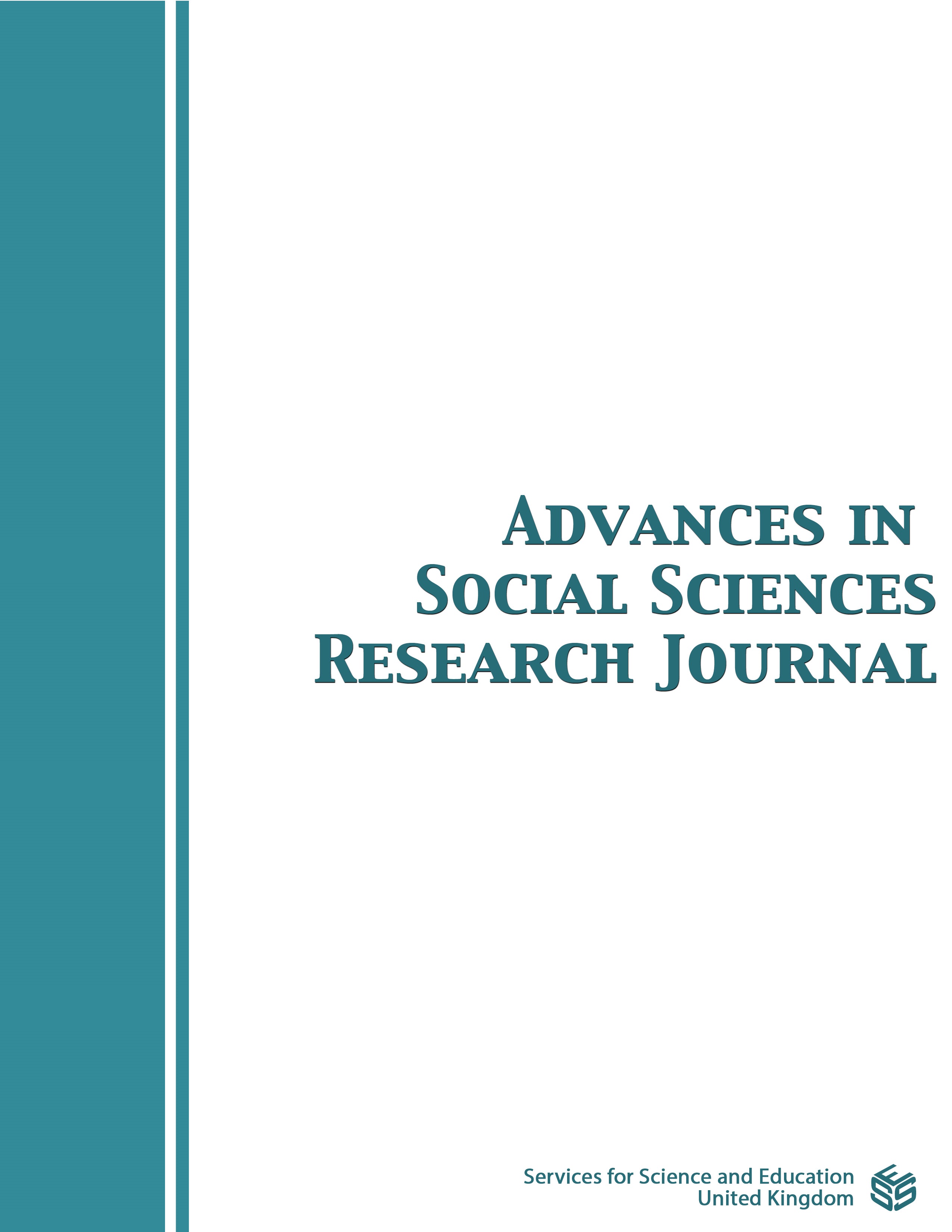Risks Faced by Children That Come to Work with Their Mothers: Tales from Women Market Vendors in Kalerwe Market, Uganda
DOI:
https://doi.org/10.14738/assrj.911.13454Keywords:
Risks, childcare, women market vendors, Informal sector, Kalerwe MarketAbstract
This paper forms part of a Master’s research that aimed at investigating how women market vendors in Kalerwe Market, Uganda, balance their childcare roles and vending activities. Informed by the liberal feminist and attachment theories, the study established how women market vendors balance their childcare roles and vending activities. Part of the results that arose from the study were the risks faced by children brought to work with their mothers in the market. The study involved a sample of 16 participants that included 12 women market vendors and 4 market leaders which was arrived at by using snowball and purposive sampling techniques respectively. A case study design allowed the collection of qualitative data through In-depth and Key Informant Interviews as well as observation methods. Findings from the study revealed that a market is a hazardous environment for child upbringing in which the vendors spend nearly all their days' time. Children that walk are at risk of getting burnt or knocked from activities such as cooking and off-loading merchandise. Also, the morals of such children are at stake since markets attract adults from all walks of life whose actions and behaviors young children learn. The hygiene of the whole market area is lacking and not suitable for loitering and crawling children, especially during the rainy season. However, the inability to utilize more suitable childcare options forces women to keep children in the markets amidst existing policies on the practice.
Downloads
Published
How to Cite
Issue
Section
License
Copyright (c) 2022 Namara Susan, Kiconco Milliam

This work is licensed under a Creative Commons Attribution 4.0 International License.
Authors wishing to include figures, tables, or text passages that have already been published elsewhere are required to obtain permission from the copyright owner(s) for both the print and online format and to include evidence that such permission has been granted when submitting their papers. Any material received without such evidence will be assumed to originate from the authors.






